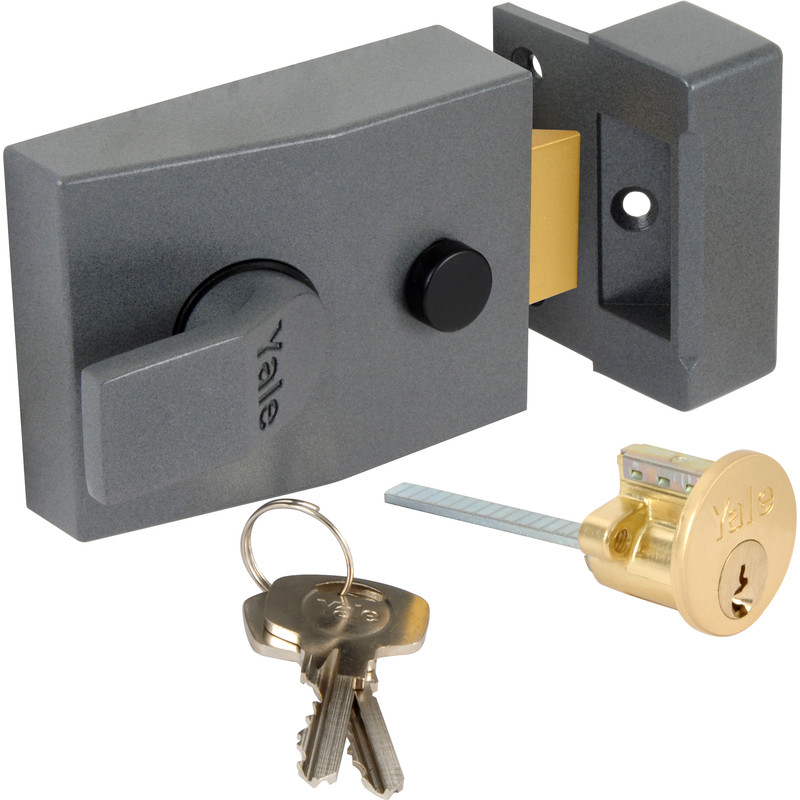

ID of the request containing the statement. The ID of the related object or entity, if available and applicable. ID of the object that was locked, if available and applicable.
DEADLOCK LOCK UPDATE
Each SID is unique for each login in the server.Ġ=NULL - Compatible with all other lock modes (LCK_M_NL)ĩ=Shared with intent to Update (LCK_M_SIU)ġ0=Shared with Intent Exclusive (LCK_M_SIX)ġ1=Update with Intent Exclusive (LCK_M_UIX)ġ8=Key Range Insert Exclusive (LCK_M_RI_X)ġ9=Key Range Exclusive Shared (LCK_M_RX_S)Ģ0=Key Range Exclusive Update (LCK_M_RX_U)Ģ1=Key Range Exclusive Exclusive (LCK_M_RX_X) You can find this information in the sys.server_principals catalog view. Security identification number (SID) of the logged-in user. Indicates whether the event occurred on a system process or a user process.


Identified for informational purposes only. Numbers are assigned beginning with 0 when the server is started, and incremented for each deadlock. Sequence of a given event within the request.ĭeadlock number. Name of the database to which the resource belongs. Determine the value for a database by using the DB_ID function. SQL Server Profiler displays the name of the database if the ServerName data column is captured in the trace and the server is available. ID of the database to which this resource belongs. Lock:Deadlock Chain Event Class Data Columns Data column name
DEADLOCK LOCK CODE
You can examine the application code that modifies these objects to determine if changes to minimize deadlocks can be made. This information is useful to determine if deadlocks are significantly affecting the performance of your application, and which objects are involved. Use the Lock:Deadlock Chain event class to monitor when deadlock conditions occur. Some areas have fire safety codes that do not allow a locked exit.The Lock:Deadlock Chain event class is produced for each participant in a deadlock. Note that single cylinder dead locks (with an unlocked twist mechanism on the inside of the door) do not have this problem, and therefore are most commonly used on fire exits. Some fire departments suggest putting the key on a small nail or screw near the door at floor level, since the cleanest air is at floor level and one may be crawling to get to the exit, thus placing the key where it is easiest to find. The risk can be mitigated by locking the deadlock only when there are no occupants inside the building, or leaving the key near the keyhole. This is often an avoidable cause of death in house fires. In the event of a fire, occupants will be prevented from escaping through double-cylinder locked doors unless the correct key is used. The double cylinder design raises a safety issue. Single cylinder with removable thumb-turn.Push-button deadbolt (mechanical or electrical).Exit-only function (no external cylinder).Classroom-function (thumb-turn only unlocks door).Vertical deadbolts resist jimmying, in which an intruder inserts a crowbar between the door and the jamb and attempts to pry the bolt out of the door. Ī variant of the standard deadbolt is the vertical deadbolt, invented by Samuel Segal. Some lock manufacturers also have a "lockable" knob: a key is always needed on one side (usually external), and a twist knob can be used on the other (internal), unless a button has been pressed, in which case a key is also needed on the internal side. Double cylinder locks are sometimes banned from areas because they can be difficult to open from the inside and violate fire safety regulations. This prevents unwanted unlocking of the door by forced access to the interior twist knob (via a nearby window, for example). Double cylinder locks will accept a key on both sides and therefore do not require (and often do not have) any twist knob.

A single cylinder deadlock will accept a key on one side of the lock, but is operated by a twist knob on the other side. A deadbolt is often used to complement a spring-bolt lock on an entry door to a building.Ī deadlock, if it is cylinder operated, may be either single cylinder or double cylinder. A deadbolt can therefore make a door more resistant to entry without the correct key, as well as make the door more resistant to forced entry. The more common spring bolt lock uses a spring to hold the bolt in place, allowing retraction by applying force to the bolt itself. It is distinct from a spring bolt lock because a deadbolt can only be opened by a key or handle. Then, using a key from either side of the door, a bolt is thrown into the door frame, thus securing the door. Door with two locks, one in the doorknob and a separate deadbolt.Ī deadbolt or deadlock is a type of lock morticed into a wooden door.


 0 kommentar(er)
0 kommentar(er)
